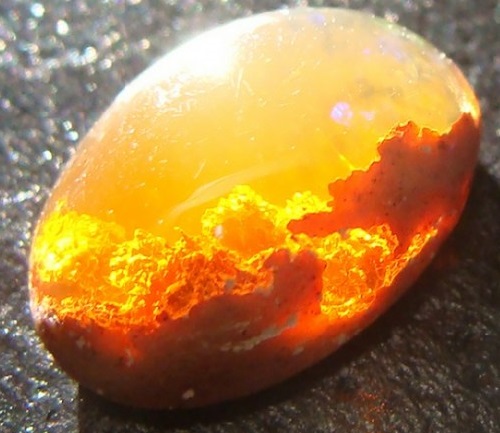Mineral kaleidoscope

Amethyst (source – Fersman Mineralogical Museum Russian Academy of Sciences Moscow Russia). Mineral kaleidoscope
Mineral kaleidoscope
Nature is able to create truly wonderful things, for example, minerals. Noteworthy, each mineral is unique and unique in its kind. It has the natural homogeneous solid body which has been or is in the crystalline state and has a specific chemical composition.
Man used minerals since ancient times. For a long time the main minerals was flint – fine-grained variety of quartz, it was used by primitive people in the Old Stone Age. Were also used other minerals, such as cherry hematite, goethite tan and black manganese oxides – like amber, jade, native gold, and others as a material for jewelry.
In prehistoric Egypt (5000- 3000 BC) of native copper, gold and silver made jewelry. Later they began to use bronze for the manufacture of weapons and tools. Now from minerals make metals and other chemical elements and compounds, they are the raw material for the production of building materials (cement, glass, etc.) And the chemical industry. Minerals can be used as dyes, abrasive and refractory materials, they are used in ceramics, optics, electronics, electrical engineering and electronics. Precious stones are also minerals.
Mineral kaleidoscope
People used minerals as a source of raw materials, as currency, as objects of art and luxury, and as a high-tech components. One kind of quackery is lithotherapy – treatment of minerals by wearing them, applying, coming into astral contact with the allegedly prisoned in stones and crystals supernatural energies and magical powers. Lithotherapy adherents argue that each crystal object has properties of emission and absorption of unknown energies and fields, which in the “correct” application to the biological body are able to restore the disturbed energy balance.
Optical properties of minerals include Gloss, color, streak, refraction, dispersion and polarization.
Gloss – light effect caused by reflection of the light flux incident on the mineral. Depends on the reflectivity of the mineral.
Color – a sign, with certain characterizing some minerals (malachite green, blue lapis lazuli, red cinnabar), and a very misleading in a number of other minerals coloring which can vary widely depending on the presence of impurities elements – chromophore or specific defects in the crystal structure ( fluorides, quartz, tourmaline).
Streak – the color of the mineral in the fine powder is usually determined by scratching on the rough surface of the porcelain biscuit.
Refraction, Dispersion and Polarization characterize their optical constants: the index of refraction, the angle between the optical axes of the optical mark of the crystal orientation of the optical indicatrix, etc.





























